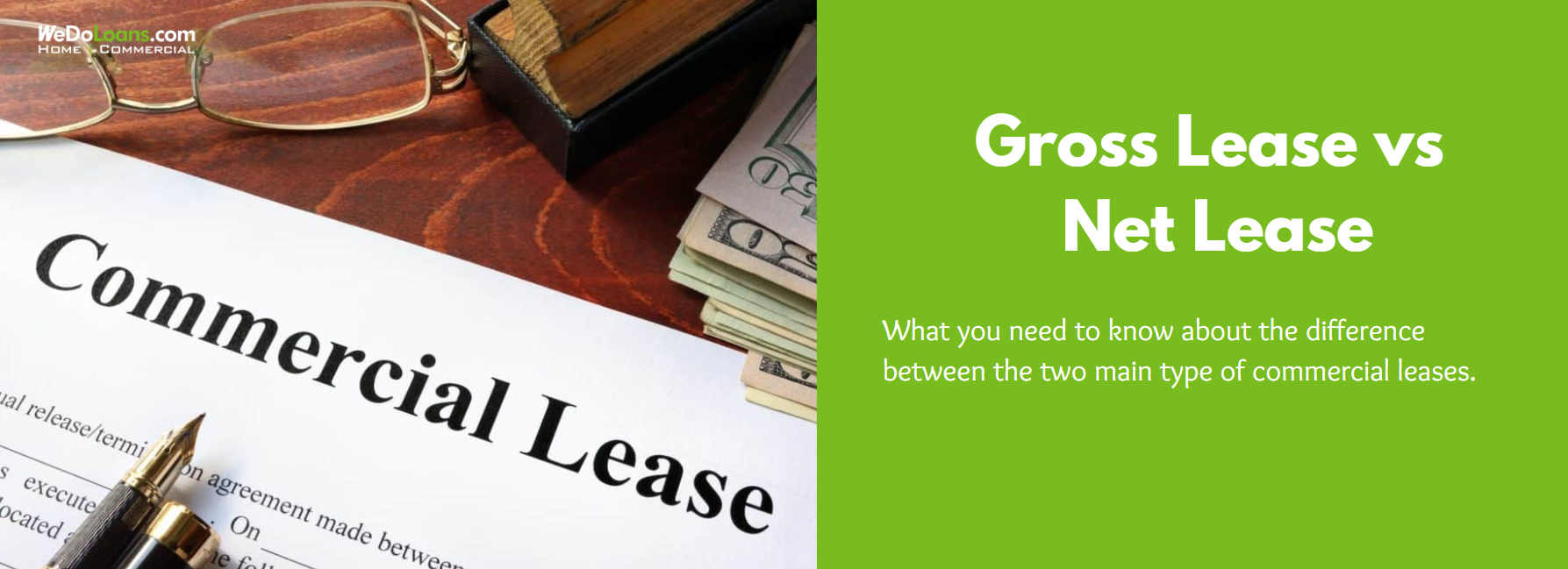
In commercial real estate, there are various lease structures available to accommodate different tenant and landlord needs. Two of the most widely used lease types are gross leases and net leases, which differ primarily in how property expenses are allocated between the landlord and the tenant.
What Is a Gross Lease?
A gross lease is an agreement in which the tenant pays a fixed monthly rent, and the landlord is responsible for covering all operating expenses related to the property. These expenses may include property taxes, building insurance, utilities, and routine maintenance.
Landlords typically estimate these costs in advance and incorporate them into the rental amount to ensure full cost recovery while providing the tenant with a predictable payment schedule.
What Is a Modified Gross Lease?
A modified gross lease serves as a middle ground between gross and net leases. Tenants pay a base rent and also agree to share certain operational expenses, such as utilities or maintenance. The allocation of costs can vary depending on the lease terms, offering a flexible structure tailored to both parties’ preferences.
What Is a Full-Service Gross Lease?
Also known as a full-service lease, this lease structure requires tenants to pay a single rental amount, while the landlord handles all property-related operating expenses. This includes upkeep of common areas, utilities, and property taxes. The term “full-service gross lease” is often used interchangeably with “gross lease.”
How Gross Leases Operate
Under a gross lease, tenants make a single payment each month that covers their right to occupy the space and the associated property expenses. It simplifies budgeting for tenants but shifts the burden of cost fluctuations (like rising property taxes or insurance premiums) onto the landlord.
Advantages and Disadvantages of Gross Leases
Pros for Tenants:
- One consolidated rent payment simplifies accounting and budgeting.
- Predictable monthly costs with no surprise expenses.
Cons for Landlords:
- Landlords bear the risk of cost increases for property operations.
- Profit margins can be affected if expenses are underestimated.
What Is a Net Lease?
In contrast to gross leases, net leases require tenants to pay for some or all of the expenses tied to the property’s upkeep—on top of their base rent. These leases shift a portion of the financial responsibility from the landlord to the tenant.
Types of Net Leases
- Single Net Lease (N): The tenant pays base rent plus property taxes. All other expenses remain the landlord’s responsibility.
- Double Net Lease (NN): In this arrangement, the tenant pays rent, property taxes, and insurance premiums. The landlord handles building maintenance.
- Triple Net Lease (NNN): The tenant assumes nearly all financial obligations, including rent, property taxes, insurance, and maintenance costs. The landlord retains minimal responsibility, making this lease highly passive.
Comparing Gross and Net Leases
While both lease types serve the same function—providing tenants with access to commercial space—their financial implications are significantly different:
| Lease Type | Tenant Pays | Landlord Pays |
| Gross Lease | Fixed rent only | Taxes, insurance, maintenance, utilities |
| Modified Gross | Rent + selected expenses | Shared costs depending on lease terms |
| Net Lease (N) | Rent + property taxes | Insurance, maintenance |
| Net Lease (NN) | Rent + taxes + insurance | Maintenance |
| Net Lease (NNN) | Rent + taxes + insurance + maintenance | Minimal—typically only structural repairs |
Pros and Cons of Triple Net Leases (NNN)
Benefits for Landlords:
- Steady income with minimal involvement in day-to-day property operations.
- Reduced financial risk from variable property expenses.
Challenges:
- Finding tenants willing to accept full responsibility for expenses can be difficult.
- Vacancies may take longer to fill.
From a Tenant’s Perspective:
Triple net leases offer more control over how expenses are managed (such as choosing service providers), but they also come with higher financial risk and greater responsibilities.
Choosing Between Gross and Net Leases
The right lease depends on your investment goals or business needs. Gross leases offer simplicity and predictable costs, making them attractive to tenants. Net leases, especially NNN, appeal to investors seeking passive income and minimal management duties.
Conclusion
When weighing a gross lease against a net lease, it’s essential to consider market conditions, property location, and your financial tolerance for unexpected costs. Both structures offer unique advantages, and the choice often depends on whether you’re prioritizing simplicity or long-term profitability.
